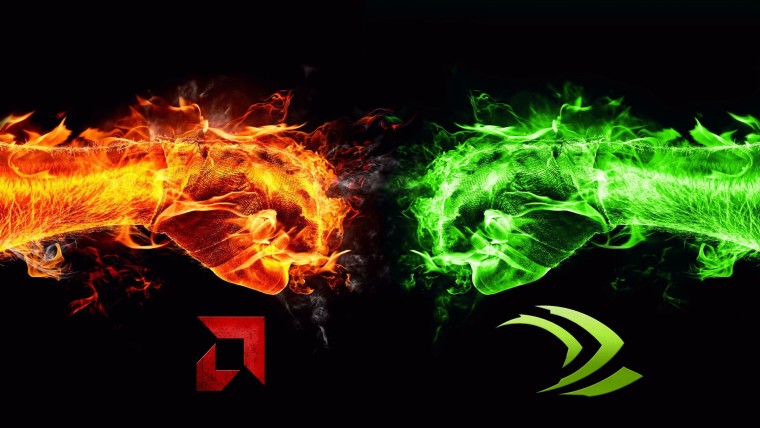
AMD is expected to release its next-gen RDNA 3-based Radeon RX 7000 series line-up of GPUs soon. The new design is based on the 5 nm process, and AMD claims a greater than 50% improvement in performance-per-watt over RDNA 2. If true, this will actually be an impressive achievement over what the company was able to achieve previously, since both RDNA 2 and RDNA were touted as being 50% better in terms of efficiency compared to their previous architectures.

Today, in a blog post, AMD has detailed some of the underlying improvements that will make it possible. The firm says RDNA 3 features a refined power management technology which improves upon its implementation in RDNA 2. This helps set workload-specific operating points, ensuring each component of the GPU uses only the power it requires for optimal performance.
Alongside that, the company has also reminded everyone that its current Radeon RX 6000 series graphics cards are in some instances far more efficient than their Nvidia GeForce counterparts. For the most part, we agree with AMD here, as many of the best graphics card deals recently have been AMD GPUs.
_story.jpg)
The performance figures here seem to be based on the rasterization output only, and ray-tracing (DXR) performance has not been accounted for. However, DXR is still quite niche and for the time being, it should not weigh too heavily on one's purchasing decision, especially for the mid- to low-end of the GPU segment consisting of the Radeon RX 6600 series and below.
Source: AMD Community

_small.jpg)















24 Comments - Add comment